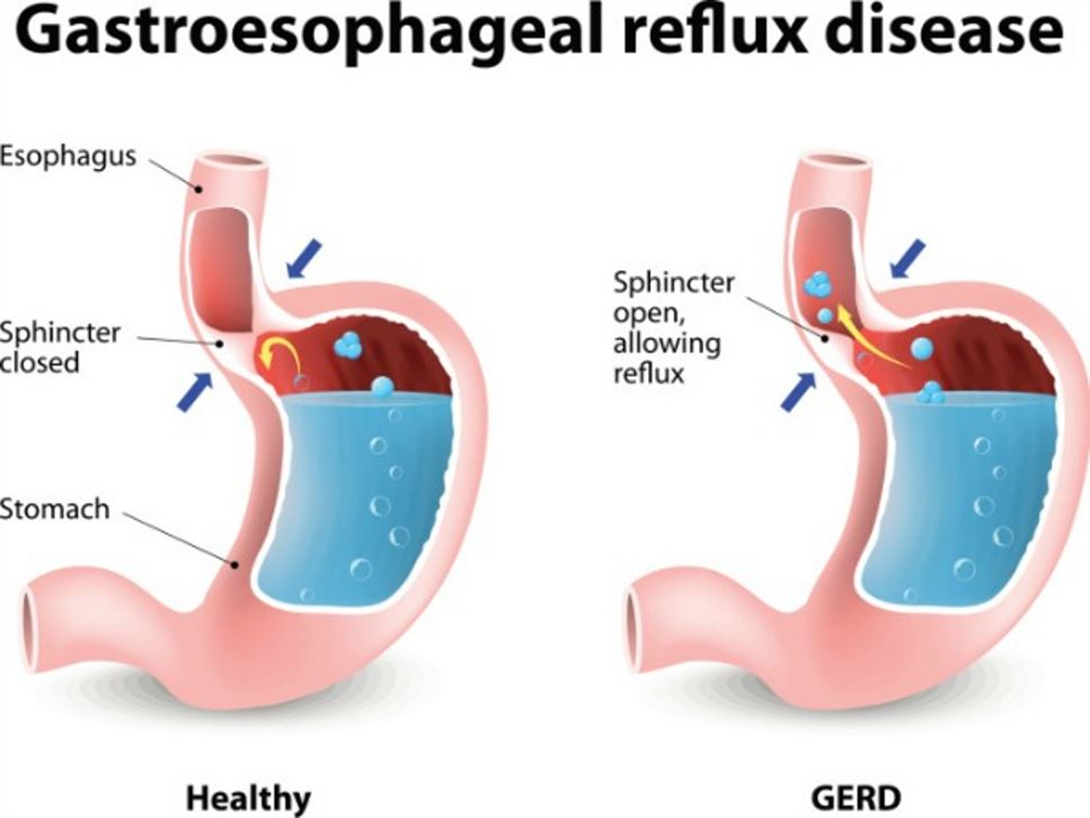A nurse is teaching the partner of a client about administering intermittent enteral feedings. Which of the following instructions should the nurse include?
Wear sterile gloves during a feeding.
Chill the feeding prior to administering.
Flush the tubing with 15 mL of water after each feeding.
Position the client upright prior to a feeding.
The Correct Answer is C
Choice C reason: Flushing the tubing with water after each feeding is important to prevent clogging, maintain patency, and clear any residual formula from the tube. It also helps to prevent bacterial growth and infection.
Choice A reason: Wearing sterile gloves during a feeding is not necessary, as enteral feedings are not considered sterile procedures. Clean gloves are sufficient to prevent contamination and protect the nurse and the client.
Choice B reason: Chilling the feeding prior to administering is not recommended, as cold formula can cause abdominal cramping, discomfort, and diarrhea. The formula should be at room temperature or slightly warmed before giving it to the client.
Choice D reason: Positioning the client upright prior to a feeding is correct, but it is not enough. The client should remain upright for at least 30 minutes after the feeding as well, to prevent aspiration, reflux, and nausea.
Nursing Test Bank
Naxlex Comprehensive Predictor Exams
Related Questions
Correct Answer is A
Explanation
Choice A reason: Positioning the newborn at a 20-degree angle after feeding can help prevent the reflux of gastric contents into the esophagus. This position allows gravity to keep the food in the stomach and reduces the pressure on the lower esophageal sphincter. The nurse should instruct the parent to keep the newborn in this position for at least 30 minutes after each feeding.
Choice B reason: Diluting formula with 1 tablespoon of water is not recommended, as it can cause water intoxication, electrolyte imbalance, and malnutrition in the newborn. Water intoxication can lead to seizures, coma, and death. The nurse should advise the parent to follow the manufacturer's instructions for preparing the formula and not to add extra water.
Choice C reason: Placing the newborn in a side-lying position if vomiting is not a safe practice, as it can increase the risk of aspiration and sudden infant death syndrome (SIDS). Aspiration is when food or liquid enters the lungs and causes pneumonia or respiratory distress. SIDS is when a healthy baby dies suddenly and unexpectedly during sleep. The nurse should instruct the parent to place the newborn on the back for sleeping and to avoid soft bedding, pillows, and stuffed animals.
Choice D reason: Providing a small feeding just before bedtime is not a good idea, as it can worsen the gastroesophageal reflux and disrupt the newborn's sleep. The nurse should suggest the parent to feed the newborn smaller and more frequent meals throughout the day and to avoid feeding the newborn within 2 to 3 hours of bedtime.

Correct Answer is C
Explanation
Choice A reason: Calcium is not a dietary supplement that can help with wound healing, although it is important for bone health and muscle contraction. Calcium deficiency can cause osteoporosis, muscle cramps, and abnormal heart rhythms, but it does not affect wound healing.
Choice B reason: Potassium is not a dietary supplement that can help with wound healing, although it is essential for nerve and muscle function and fluid balance. Potassium deficiency can cause weakness, fatigue, arrhythmias, and muscle cramps, but it does not affect wound healing.
Choice C reason: Vitamin C is a dietary supplement that can help with wound healing, as it is involved in collagen synthesis, tissue repair, and immune response. Vitamin C deficiency can cause scurvy, which is characterized by bleeding gums, poor wound healing, and anemia.
Choice D reason: Vitamin D is not a dietary supplement that can help with wound healing, although it is necessary for calcium absorption, bone health, and immune function. Vitamin D deficiency can cause rickets, osteomalacia, and increased risk of infections, but it does not affect wound healing.
Whether you are a student looking to ace your exams or a practicing nurse seeking to enhance your expertise , our nursing education contents will empower you with the confidence and competence to make a difference in the lives of patients and become a respected leader in the healthcare field.
Visit Naxlex, invest in your future and unlock endless possibilities with our unparalleled nursing education contents today
Report Wrong Answer on the Current Question
Do you disagree with the answer? If yes, what is your expected answer? Explain.
Kindly be descriptive with the issue you are facing.
